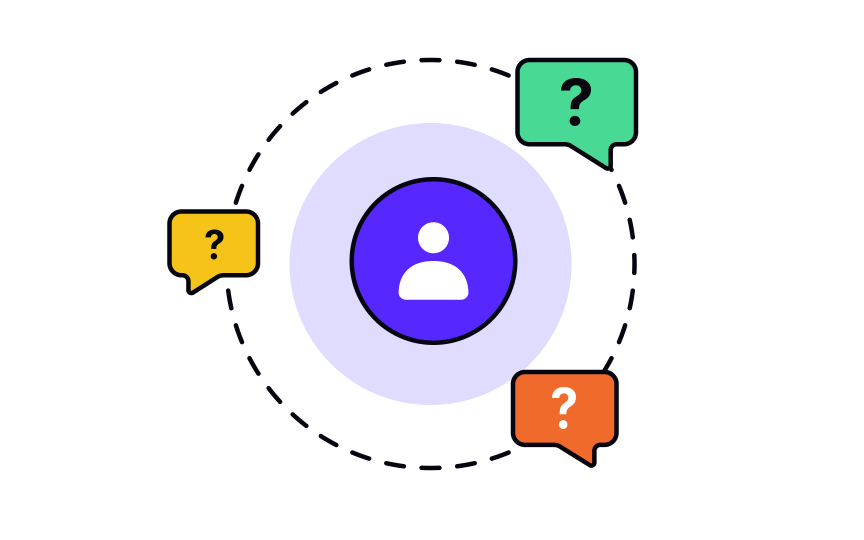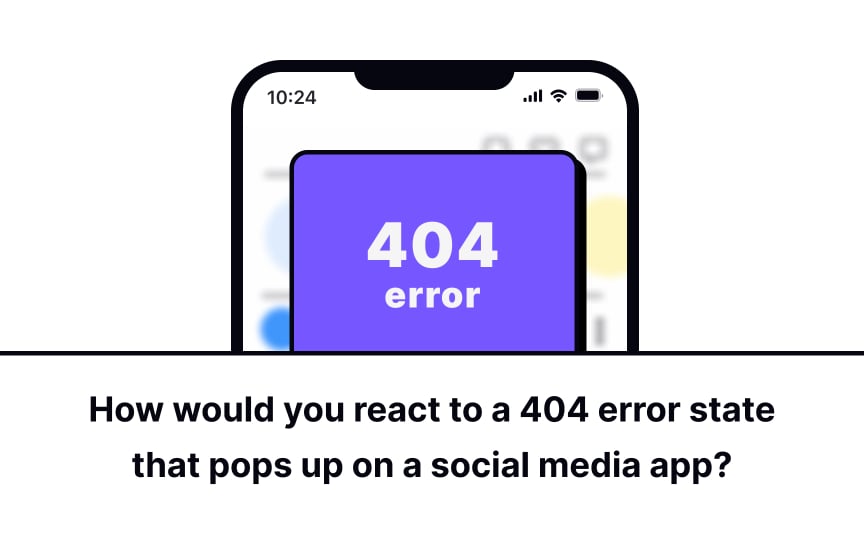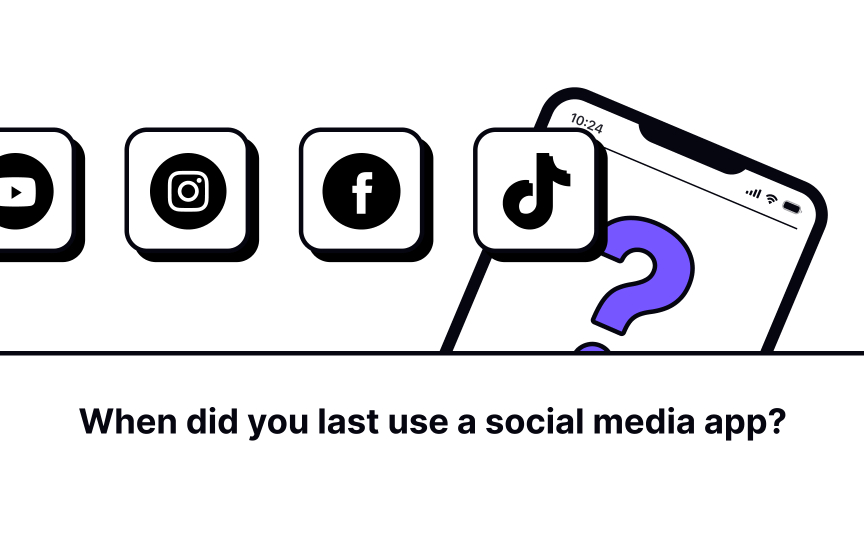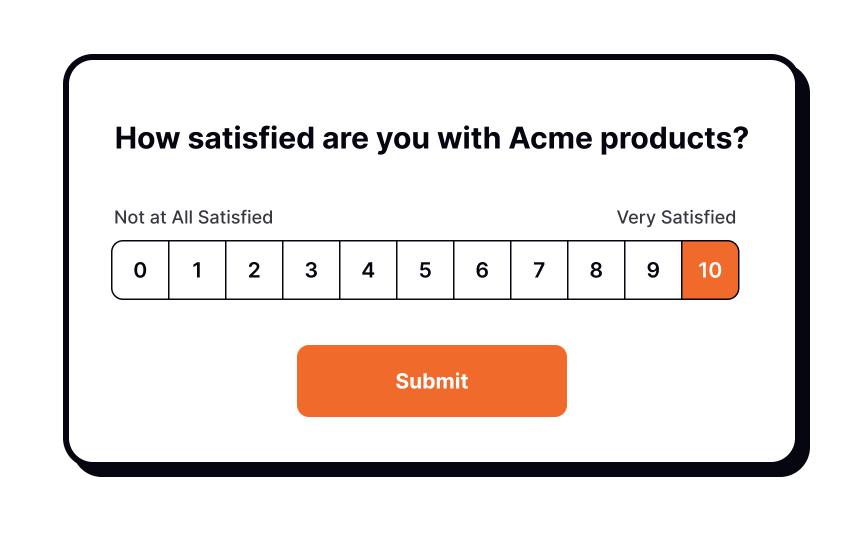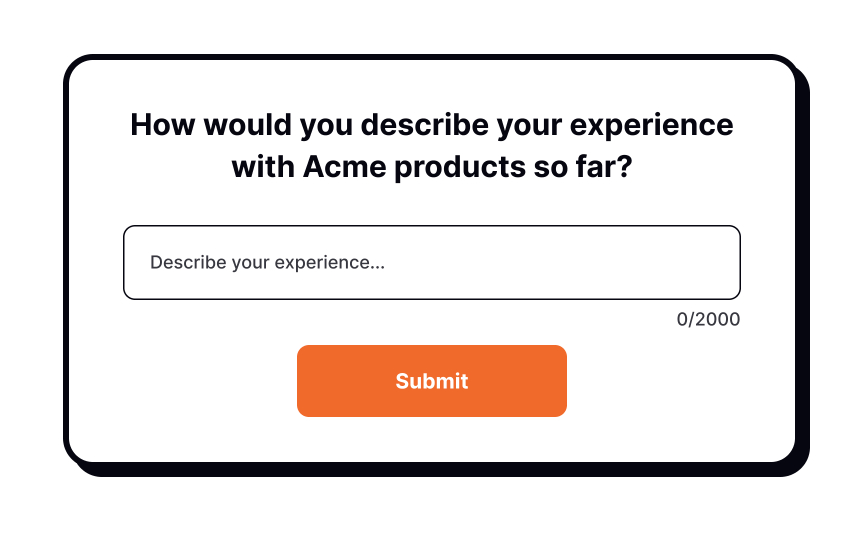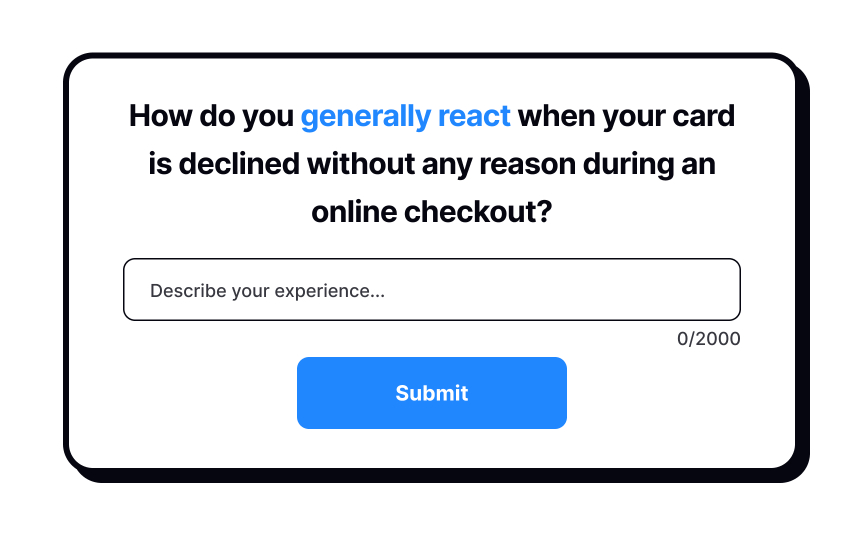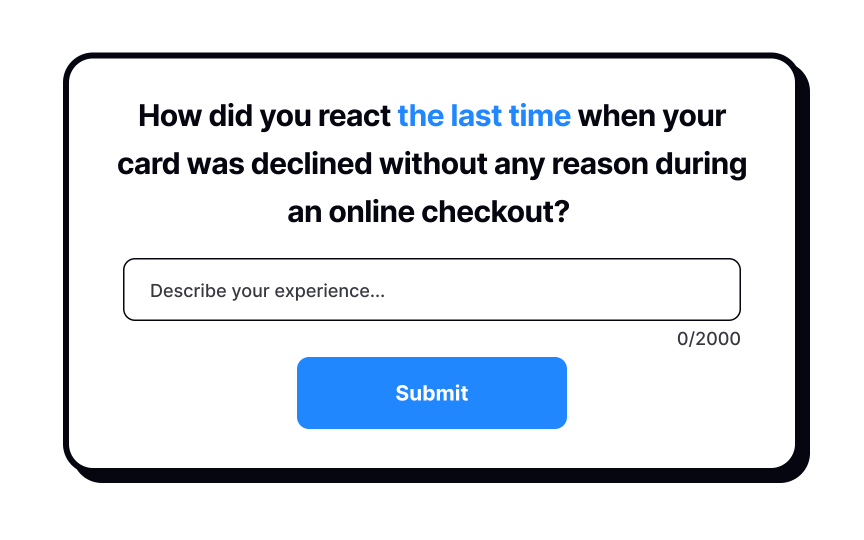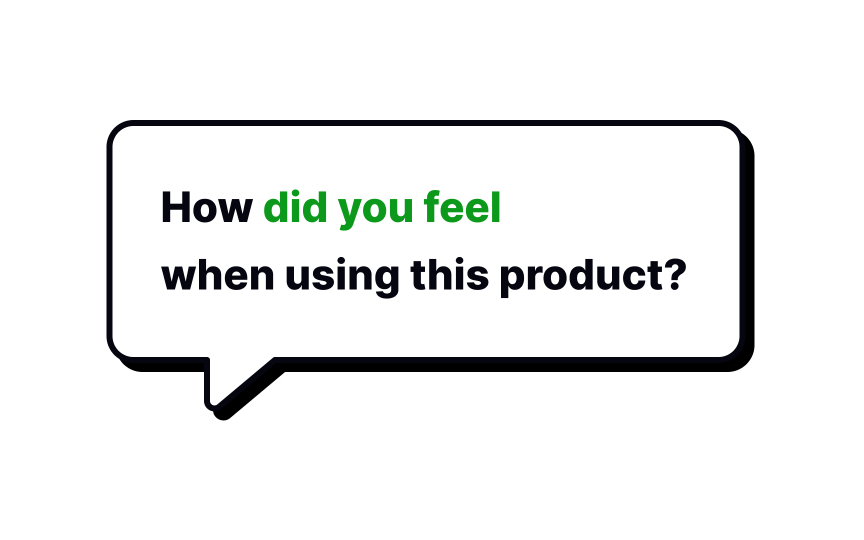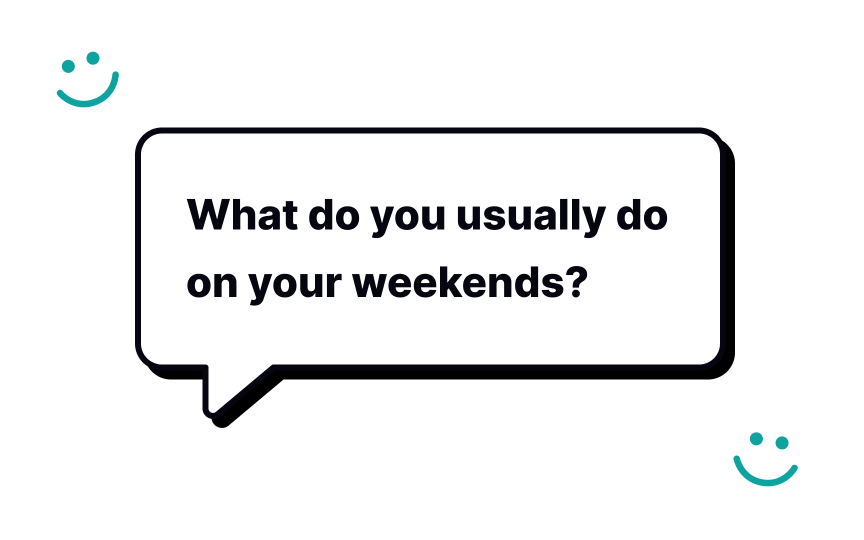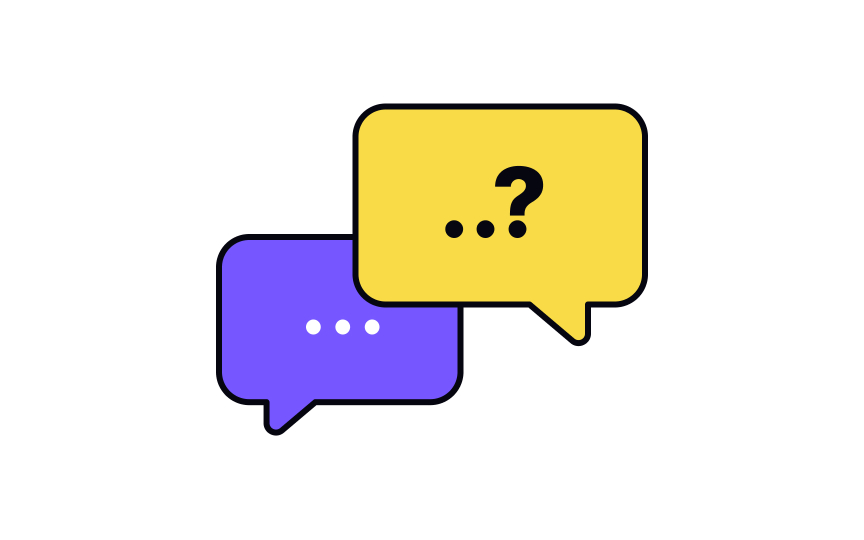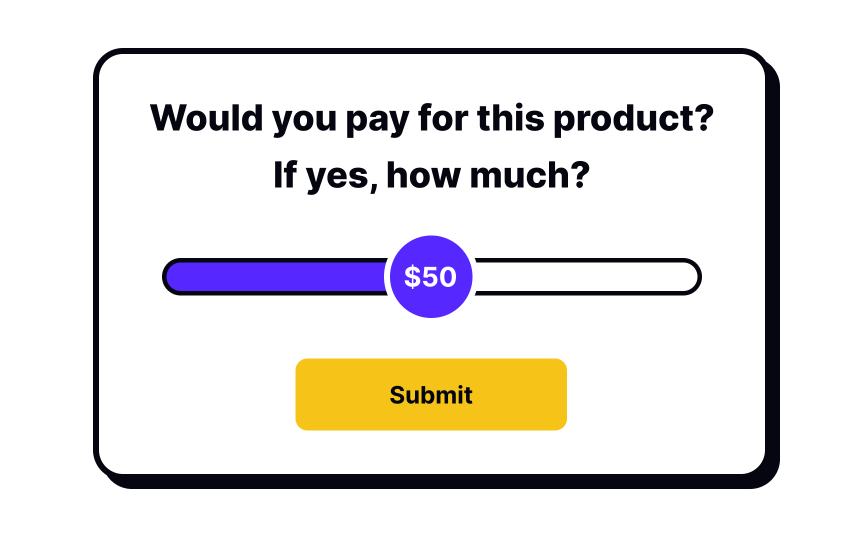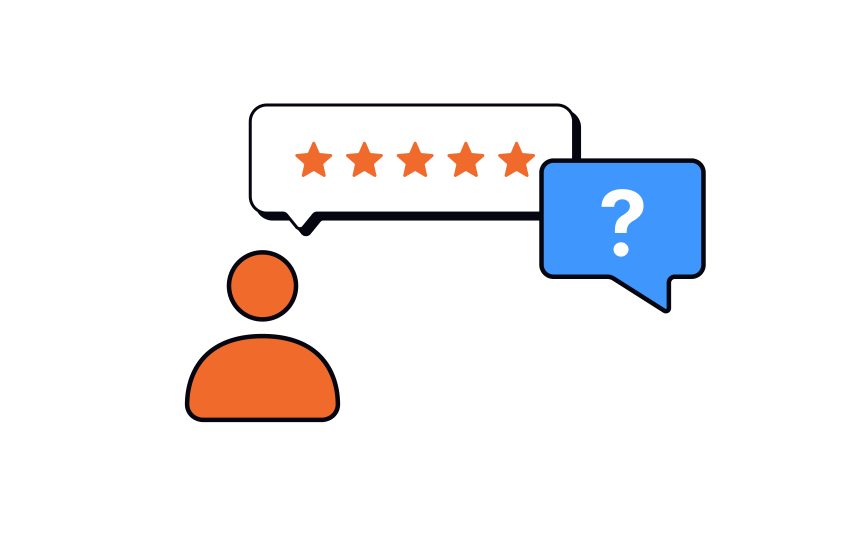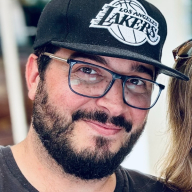UX Research Questions Best Practices
Explore best practices for formulating UX research questions that yield meaningful insights
UX research can provide invaluable insights into your users’ needs, motivations, desires, pain points, and behaviors to help you create user-centered products. But without the right questions directed at yourself and your study participants, your research efforts will be futile.
When conducting UX research, it’s important to stay objective, not ask leading questions, and provide a conducive environment that allows participants to answer thoughtfully and honestly. Asking the right questions can also get you answers that are constructive and actionable.
- How do users decide which website to shop from?
- What makes a user think a product is trustworthy?
- How do users shop online?
Defining the theme of your research will help you narrow it down later on and ask more specific questions that yield useful insights. When brainstorming the theme of your research, get multiple stakeholders and team members involved to ensure you cover all bases.[1]
Interviews yield the best results when they are progressive. It’s a good idea to ease your participants into the interview by asking them warm-up questions. You don’t want to overwhelm your participants initially with too many in-depth questions that require them to think.
For example, if you are studying how users make purchases on an e-commerce app, you may start with questions like:
- How often do you shop on e-commerce websites?
- Which e-commerce apps do you use regularly?
- When was the last time you purchased something through an app?
The very nature of a user interview is that it is revelatory. It allows you to ask users questions in a way that you get the most insights out of them. Open-ended questions are a great way to derive unconstrained responses from users that are not limited to one word like “Yes,” “No,” or “Maybe.”
Open-ended questions usually start with “who,” “what,” “when,” “where,” “why,” and “how,” which prompts participants to share more.
A study that has too many close-ended questions will provide results that are too shallow. To gain deeper and richer insights from your users, ask them open-ended questions that allow them to articulate in any manner they choose.
Here are examples of each type of question:
- Close-ended question: Do you like our product?
- Open-ended question: What feature(s) do you like/dislike the most about our product and why?
Ask a generic question to your users, and you’re sure to receive a generic answer that doesn’t really provide you with the details you’re looking for. Users are not always great at recollecting their past experiences and summarising them. With the added pressure of a
Help them recollect and answer you better by asking them questions that allow them to recall specific events and memories. For example, you can ask a user “How do you react to error states that are not useful?” But this question might not get you the most helpful answers. Instead, ask them “What did you do the last time you came across an unhelpful 404 error page?” This question is more likely to get them to reflect on a specific incident and give you real insights into their thoughts and behavior.[2]
Don’t settle for the first answer you receive from your participants. It might be the first thing that comes to their mind and may not be an accurate representation of how things really are. Ask them follow-up questions until you gain more clarity on their answers, especially if they are unclear.
Follow-up questions usually take the form of “why,” “what,” or “how.” You may also ask them to support their answers with examples.
When asking follow-up questions, use the “Five Whys” technique. It involves asking “why” five times as consecutive follow-up questions until you are satisfied that you have collected all the necessary details from the participant.
The purpose of an
A question can be considered leading if:
- It contains your opinion or an expected answer. For example: “What about this UI is beautiful?”
- It primes your participant to focus on one particular emotion and answer a certain way. For example: “How sad do these colors make you feel?”
Remove or rephrase leading questions to make sure participants have the liberty to think and answer without any confines.
Even if you’ve collected all the demographic details about your users, asking user introduction questions during an
User introduction questions will take shape depending on the objectives of your study and what you’re looking to learn. For example, if you are conducting research for an online dating app, your user introduction questions could look like:
- What do you do in your free time?
- What do you do on the weekends?
- What are your hobbies?
- How do you meet new people at the moment?
- What does your day-to-day at work look like?
- Any other lifestyle questions that are related to your topic/product[3]
Topic-specific questions should follow user-introduction questions. These questions help you understand the motivations, needs, and wants of users around the topic being researched.
Examples of topic-specific questions include:
- How do you currently perform this task?
- How much time do you spend on this task?
- Do you experience any problems with this task?
- Can you describe a recent example of when you faced this problem?
- How much does this problem affect your day-to-day life?
- How important is finding a solution to this problem to you?
Product opportunity questions can help you assess how your users feel about your product after a quick demo or after using the product for a short amount of time. The goal of these questions is to help validate the value you offer through your product.
Examples of product opportunity questions include:
- What do you think of this product?
- Are there any potential problems you see in this product?
- Why do you think this product would be used or not used by someone?
- Do you see yourself using this product? Why or why not?
- Do you see this product being useful to you? Why or why not?
Pro Tip: This kind of question is only relevant if your participants have interacted with your product at least once.
When a user has interacted with your product for a considerable amount of time, you may ask them product reaction questions. These can help you obtain suggestions and ideas from participants to improve your product. It can also reveal what users dislike about your product and help you choose a path for improvement.
Examples of product reaction questions include:
- What’s the most and least appealing part of this product?
- What difficulties did you face using this product?
- Is there any way in which this product did not meet your expectations?
- Did the product exceed your expectations in any way?
- How would you improve this product?
Similar lessons

User Research Basics

UX Research Strategy & Methodology

